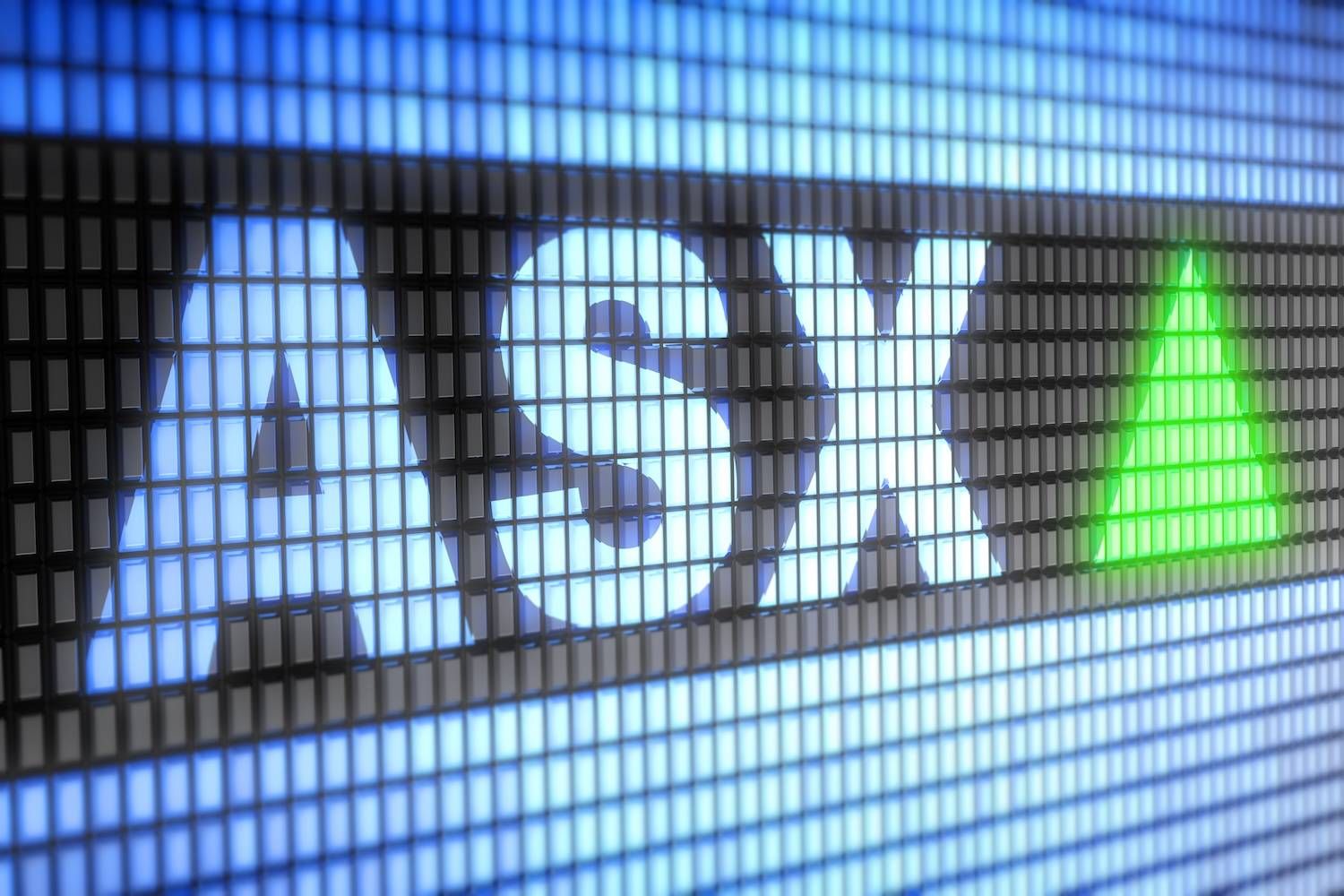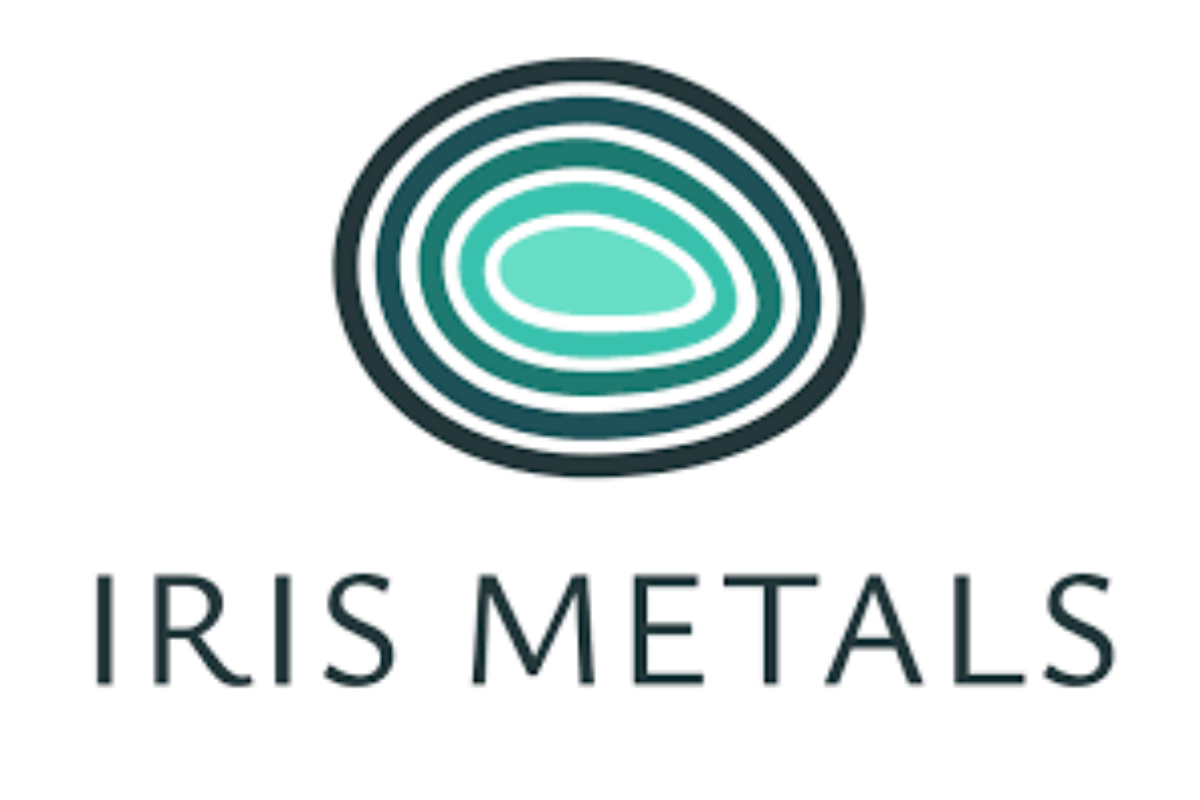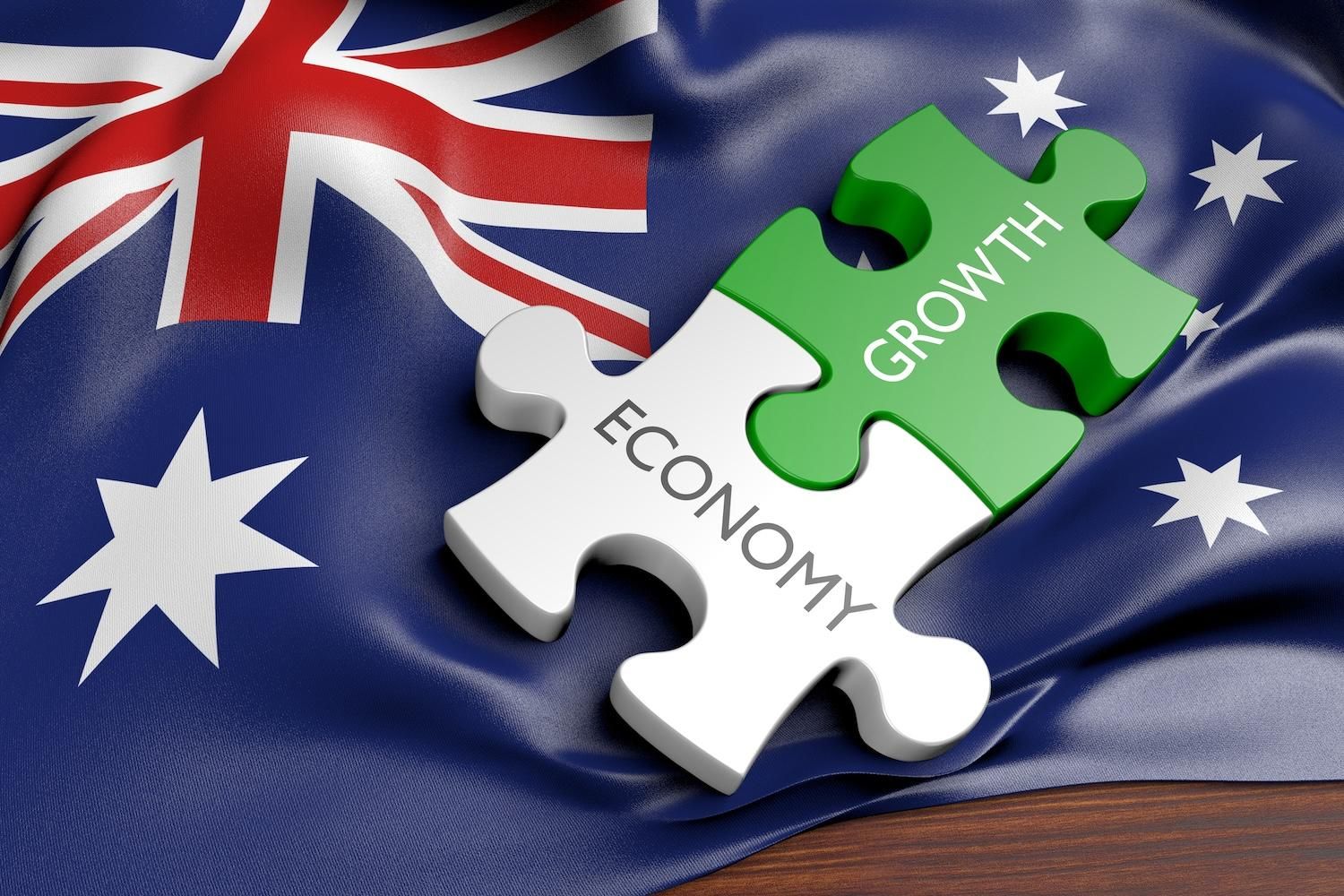
March 24, 2025
RareX Limited (ASX: REE – RareX, or the Company) is pleased to announce the discovery of high-grade gallium at the Cummins Range carbonatite pipe. The rare earth deposit hosts multiple wide, high-grade intercepts above the Rare and Phos carbonatite dykes. Gallium assays have been identified in the upper 80m of the carbonatite pipe, occurring alongside high-grade rare earths, phosphate, and scandium mineralisation. Deeper gallium has not yet been assayed for.
Highlights
- Historical drill holes contain values up to 6,826 g/t (0.68%) Ga2O3
- Significant Gallium Intercepts include:
- 99m at 106 g/t Ga2O3, 0.77% TREO and 160 g/t Sc2O3 from 1m
- 60m at 124 g/t Ga2O3, 3% TREO and 372 g/t Sc2O3 from 36m, Incl. 12m at 242 g/t Ga2O3, 6.7% TREO and 638 g/t Sc2O3
- 74m at 123 g/t Ga2O3, 2.4% TREO and 186 g/t Sc2O3 from surface, Incl. 30m at 206 g/t Ga2O3, 4.6% TREO and 310 g/t Sc2O3
- Research suggests these are the highest grade gallium assays reported in Australia
- Only 25% of the historical drilling has been assayed for gallium with none of the RareX drilling assayed for gallium – this discovery immediately elevates Cummins Range to the most advanced gallium deposit in Australia
- Gallium is on the critical mineral list for Europe, America and Australia and, with the growth of electronics, semi-conductors and solar panels, it is anticipated the gallium market will grow significantly from US$2.45B in 2024 to US$21.53B by 20341
- Re-assaying of samples is underway
CEO and Managing Director, James Durrant, commented: “The gallium results are an unexpected boost for the Cummins Range deposit, coming from a deep dive reassessment of the deposit in readiness for the 2025 drilling season on the near-mine anomalies. Gallium is on the critical minerals list of every major economy, including the United States and Australia, yet there are no significant Western producers. China controls 98% of the market and has imposed a comprehensive ban on all gallium exports.
“The Cummins Range deposit has been significantly de-risked through advanced heritage agreements, environmental and infrastructure studies, and mine planning. This ne aspect to Cummins Range immediately escalates this project to the most advanced gallium deposit in Australia. We look forard to conducting further studies to determine ho gallium can be integrated into our rare earth and phosphate development plans.”
Most of the world’s gallium is produced as a byproduct of aluminium and zinc refining. Gallium grades are generally classified as follows: low-grade (30–50 g/t), moderate-grade (50–100 g/t), and high-grade (>100 g/t). Initial assessments have identified a moderately mineralized area of 500m x 500m, with higher grade zones occurring within and near high grade rare earth and scandium mineralization. Notable high-grade intercepts include:
- NRC016 - 99m at 106 g/t Ga2O3, 0.77% TREO and 160 g/t Sc2O3 from 1m to EOH
- NRC058 - 74m at 123 g/t Ga2O3, 2.4% TREO and 186 g/t Sc2O3 from surface, including 30m at 206 g/t Ga2O3, 4.6% TREO and 310 g/t Sc2O3
- NRC037 - 56m at 114 g/t Ga2O3, 1.5% TREO and 263 g/t Sc2O3 from 44m, including 11m at 220 g/t Ga2O3, 3% TREO and 639 g/t Sc2O3
- NRC038 - 60m at 124 g/t Ga2O3, 3% TREO and 372 g/t Sc2O3 from 36m, including 12m at 242 g/t Ga2O3, 6.7% TREO and 638 g/t Sc2O3
- NRC068 - 86m at 105 g/t Ga2O3, 2.8% TREO and 200 g/t Sc2O3 from 14m, including 11m at 210 g/t Ga2O3, 6.6% TREO and 376 g/t Sc2O3
- NRC078 - 37m at 145 g/t Ga2O3, 3.2% TREO and 321 g/t Sc2O3 from 30m, including 10m at 292 g/t Ga2O3, 5% TREO and 500 g/t Sc2O3
Gallium at Cummins Range
Historical regolith RC drilling, conducted between 2007 and 2012 by Navigator Resources and Kimberly Rare Earths were mostly assayed for gallium. A total of 11,487 assays for gallium were completed with 36% of the assays containing >40 g/t Ga2O3.
Significant intersections have been calculated using a cut-off grade of 40 g/t Ga2O3 over 5 metres and are shown in Appendix 1. Figure 1 is a cross section showing significant gallium intercepts that have formed in saprolite on top of the Rare Dyke and below an ancient lake.
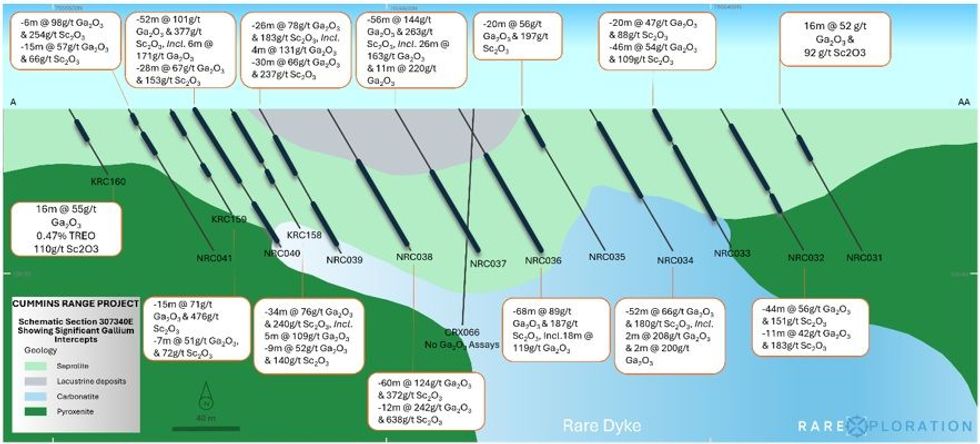 Figure 1. Section 307340E. Showing gallium intercepts at Cummins Range deposit. Section location is shown in Figure 2 and intersection specifics can be found in Appendix 1
Figure 1. Section 307340E. Showing gallium intercepts at Cummins Range deposit. Section location is shown in Figure 2 and intersection specifics can be found in Appendix 1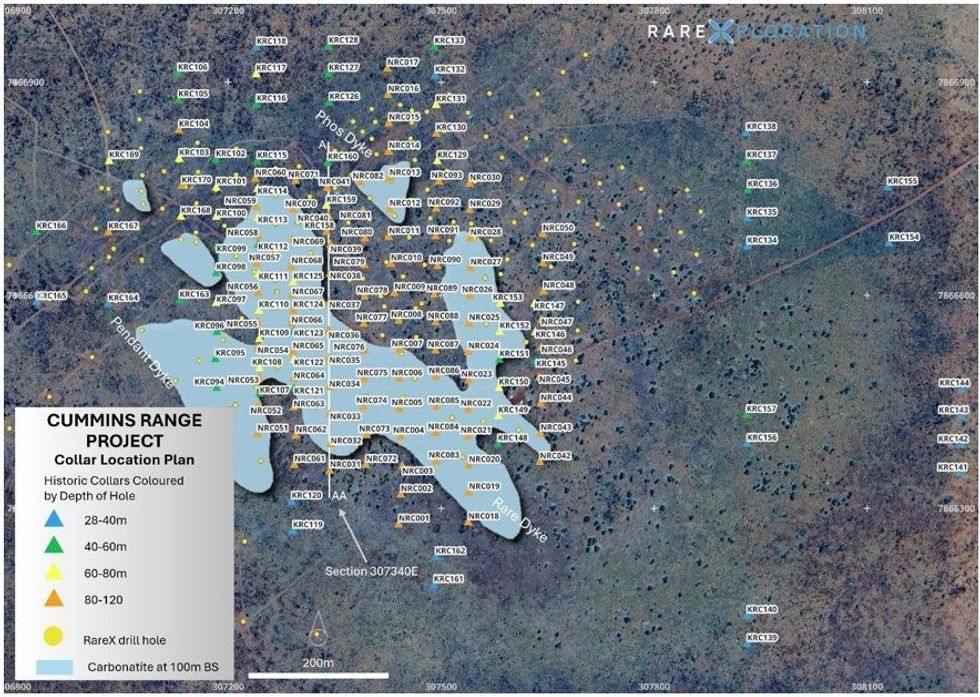
Click here for the full ASX Release
This article includes content from RareX, licensed for the purpose of publishing on Investing News Australia. This article does not constitute financial product advice. It is your responsibility to perform proper due diligence before acting upon any information provided here. Please refer to our full disclaimer here.
REE:AU
The Conversation (0)
24 December
What is the Santa Claus Rally and Has it Arrived?
As investors bask in festive cheer, the holiday season may signal the start of the so-called Santa Claus rally.The Santa Claus rally is a period between the final trading days of December and the first days of January when stocks tend to climb. While this seasonal uptick isn’t guaranteed,... Keep Reading...
22 December
Top 5 Australian Mining News Stories of 2025
From boardroom decisions to billion-dollar buildouts, 2025 was a defining year for Australian mining companies as they navigated changes in the global landscape.Escalating trade tensions, shifting US tariff policies and heightened geopolitical risk reshaped export strategies and investor... Keep Reading...
18 December
CSE Bulletin: INDEX - CSE 25 Index Quarterly Rebalancing
The quarterly rebalancing of the CSE 25 Index will result in the following changes, effective after the close on Friday, December 19, 2025. Le rééquilibrage trimestriel de l'indice composé du CSE 25 entraînera les modifications suivantes, en vigueur à la fermeture le vendredi 19 décembre 2025.... Keep Reading...
18 December
Iris Secures Right to High-grade Tungsten Project, Montana USA and Update on Capital Raising
IRIS Metals Limited (ASX: IR1, “IRIS” or “the Company”) is pleased to announce it has executed a binding Heads of Agreement (HOA) with Finley Mining Inc for the exclusive right to farm-in to the Finley Basin Tungsten Project (Tungsten Project) located in Granite County, Montana, USA. This... Keep Reading...
16 December
Mark These Tax-loss Selling Dates on Your Calendar
As the end of 2025 nears, investors may want to consider how they can use tax-loss selling to their benefit.Buying stocks low and selling them high is ideal, but sometimes investments go sour. In such cases, all hope is not lost — at the end of the year, investors can sell investments that... Keep Reading...
01 December
Australia Minerals Council Blasts EPBC Bill’s Lack of Environment and Mining Balance
“The deal between the Federal Government and the Greens to pass the Environment Protection Reform Bill 2025 and related bills is an inferior and disappointing outcome which fails to strike the right balance between protecting Australia’s unique environment while enabling responsible and... Keep Reading...
Latest News
Interactive Chart
Latest Press Releases
Steadright Grants Stock Options
24 December
Silverco Confirms No Material Change
24 December
Related News
TOP STOCKS
American Battery4.030.24
Aion Therapeutic0.10-0.01
Cybin Corp2.140.00

